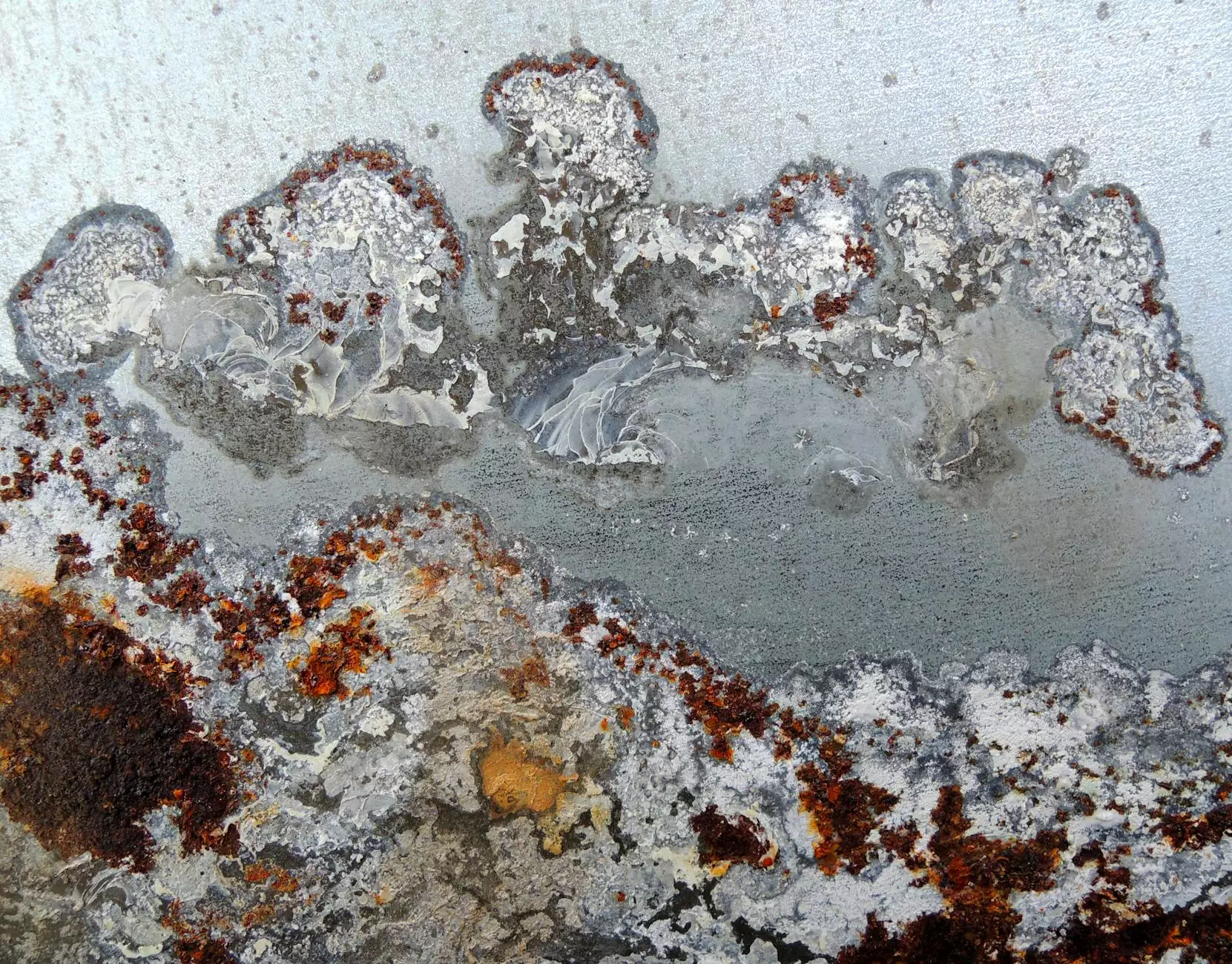Understanding Discoloration in Lower Legs: Causes and Treatments

Discoloration in lower legs is a common issue that many people encounter at some point in their lives. While it can often be benign, it may also indicate a more serious underlying health condition. This article provides an in-depth exploration of what causes discoloration in lower legs, the various types of discoloration, and potential treatment options. It is essential to consult healthcare professionals, such as vascular specialists, for accurate diagnosis and management.
What is Discoloration in Lower Legs?
Discoloration refers to any change from the normal color of the skin. This can manifest as a range of colors including red, blue, yellow, purple, or even brown. In the lower legs, discoloration can occur due to various factors and can often be accompanied by other symptoms such as swelling, pain, or itchy skin.
Common Causes of Discoloration in Lower Legs
Understanding what causes discoloration in lower legs is crucial for determining the best course of action. Below are some common causes, each with its own implications:
1. Vascular Issues
Vascular conditions are among the leading causes of lower leg discoloration. Several types of vascular issues can lead to changes in skin color:
- Chronic Venous Insufficiency (CVI): In CVI, valves in the veins fail to function properly, leading to blood pooling and increased pressure in the veins. This can cause skin to appear reddish-brown and often results in swelling.
- Deep Vein Thrombosis (DVT): This condition occurs when a blood clot forms in a deep vein, most commonly in the legs. Symptoms can include discoloration, swelling, and pain.
- Varicose Veins: Varicose veins can cause the skin to become discolored due to poor blood circulation. The veins become swollen and can appear blue or purple.
2. Dermatitis and Skin Conditions
Skin conditions can lead to localized discoloration, often due to inflammation:
- Contact Dermatitis: This occurs when the skin comes into contact with irritants or allergens, resulting in redness, swelling, and sometimes discoloration.
- Eczema: Eczema can cause red, inflamed skin, which may lead to darker pigmentation in chronic cases.
- Psoriasis: This autoimmune condition often leads to red patches covered with silvery scales, which can affect the color of the skin.
3. Diabetes and Diabetes-related Complications
Individuals with diabetes may experience hyperpigmentation due to poor circulation or conditions such as diabetic dermopathy. The skin may develop brown, scaly patches, particularly on the lower legs.
4. Skin Conditions Related to Aging
As we age, our skin undergoes various changes. One significant change is solar lentigines, commonly known as age spots, which can appear as brown or yellowish patches on the lower legs.
5. Hyperpigmentation
Hyperpigmentation can result from various factors, including:
- Excessive sun exposure
- Inflammatory conditions
- Certain medications
These contribute to uneven skin tone and localized discoloration in the lower legs.
Symptoms Accompanying Discoloration
Discoloration in the lower legs may present alongside other symptoms that can provide clues to its cause:
- Swelling: Often seen in cases of vascular issues.
- Pain or Tenderness: Common with DVT or varicose veins.
- Itching or Burning: Typical in skin conditions like eczema or dermatitis.
Diagnosis of Discoloration in Lower Legs
When evaluating discoloration in lower legs, healthcare providers will typically:
- Conduct a thorough medical history and physical examination.
- Order blood tests or imaging studies (such as ultrasounds) to identify vascular issues.
- Perform a skin biopsy if necessary to rule out skin disorders.
Treatment Options for Discoloration in Lower Legs
The treatment for discoloration in lower legs depends on its underlying cause. Below are some common treatment approaches:
1. Vascular Treatments
For conditions like chronic venous insufficiency or varicose veins, treatment options may include:
- Compression Therapy: Supports the veins and improves blood flow.
- Sclerotherapy: A procedure that involves injecting a solution into veins, causing them to collapse.
- Vein Surgery: In severe cases, surgical interventions may be necessary.
2. Skin Condition Treatments
For skin-related causes of discoloration, treatments could include:
- Corticosteroids: To reduce inflammation and redness.
- Moisturizers: Essential for managing conditions like eczema.
- Light therapy: In some cases, light therapy may help reduce pigmentation issues.
3. Lifestyle Modifications
In addition to medical treatments, lifestyle changes can greatly assist in managing and preventing discoloration:
- Regular Exercise: Improves circulation and vein health.
- Elevating Legs: Reduces swelling associated with vascular issues.
- Avoiding Prolonged Sitting or Standing: Helps prevent blood pooling in veins.
- Wearing Sunscreen: Protects against sun-induced discoloration.
Prevention of Discoloration in Lower Legs
Preventing discoloration involves a combination of health monitoring and lifestyle choices:
- Regular Health Check-ups: Evaluate vascular health and overall skin condition.
- Staying Hydrated: Promotes overall skin health.
- Nutrition: A balanced diet rich in antioxidants can improve skin appearance.
When to See a Doctor
If you experience noticeable discoloration in your lower legs, especially with other concerning symptoms, it is important to seek medical advice. Early diagnosis and treatment can prevent complications and ensure better outcomes.
Conclusion
Identifying what causes discoloration in lower legs is crucial for effective treatment and management. While some causes may be benign, others can signify serious health issues that require attention. Understanding the root of the problem, seeking professional advice, and implementing lifestyle changes can all contribute to better health and well-being.
For expert advice and personalized treatment options, visit us at Truffles Vein Specialists. Our team of experienced vascular doctors is here to help you understand your symptoms and guide you through the best treatment options tailored to your needs.









